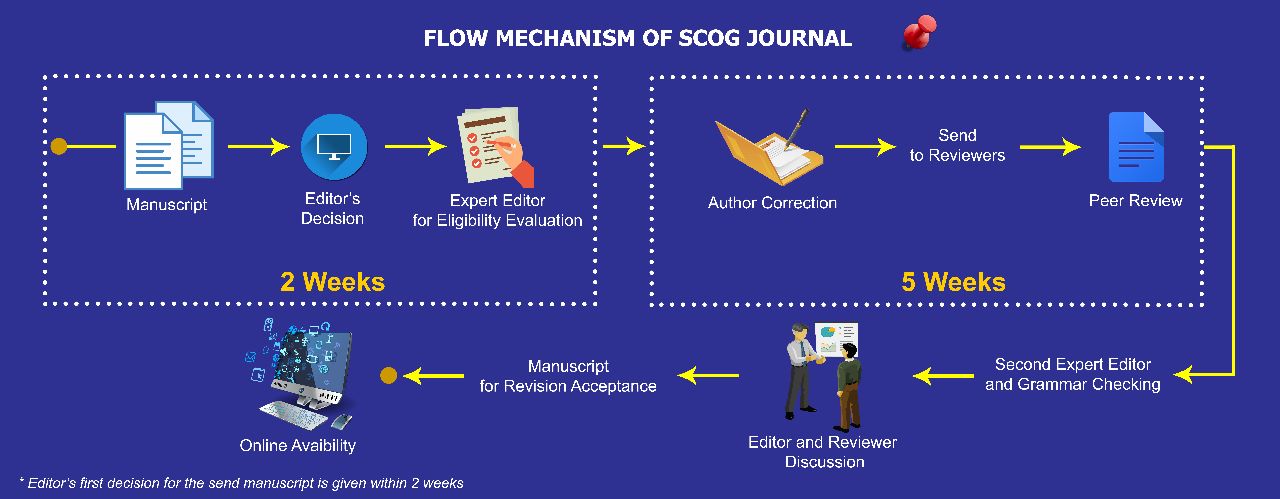COMPARATIVE STUDY OF POROSITY DETERMINATION METHODS FOR OGIP IN FRACTURED BASEMENT RESERVOIR
Abstract
Determination of porosity in fractured basement reservoirs has always been a challenge due to the
complexity of processes involved in the generating of pore structure as well as the rock heterogeneity. As a
result, estimate of original gas in place (OGIP) is subject to substantial uncertainty. Intention of this study
is to evaluate the most effective method to determine fracture porosity and hence reducing uncertainty of
OGIP volume in the fractured basement reservoir. The evaluation is based on comparison to the core derived
porosity as the point of reference. Included in this evaluation are the techniques of secondary porosity index
(SPI), dipole share imager (DSI), dual laterolog (DL), and formation micro imager (FMI). The SPI and
DSI logs derived fracture porosities are found over optimistic to the core reference. The FMI determined
fracture porosities are considered in fair agreement with core data. Results from the DL technique compare
very favorably with core data and thought to be the best calculation of porosity in the fractured basement
gas reservoir investigated in this study. Those results supported by data that have been collected from the
published literatures. Found that typical value of fracture porosities in the fractured basement rocks is
less than 1%. The comparative study presented here helps in reducing uncertainty related to the fractured
basement reservoir development.
Keywords
Full Text:
PDFDOI: https://doi.org/10.29017/SCOG.37.2.628

This work is licensed under a Creative Commons Attribution-NonCommercial-NoDerivatives 4.0 International License.






